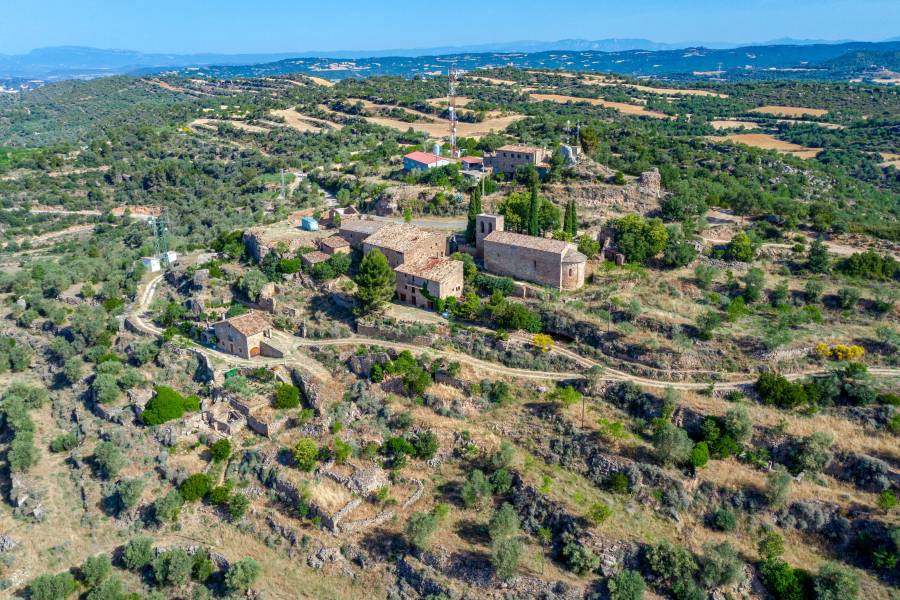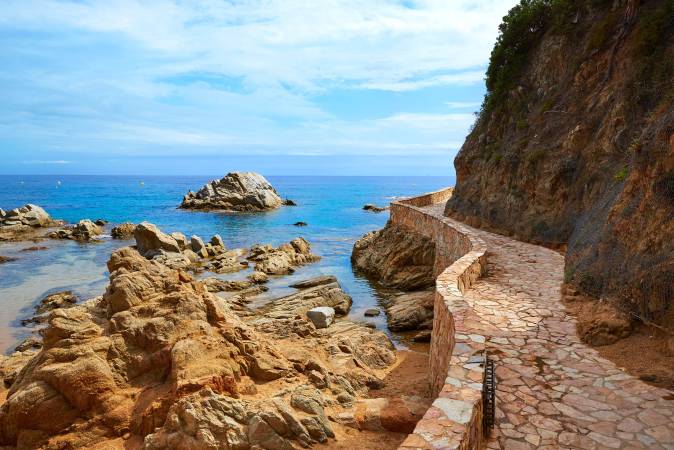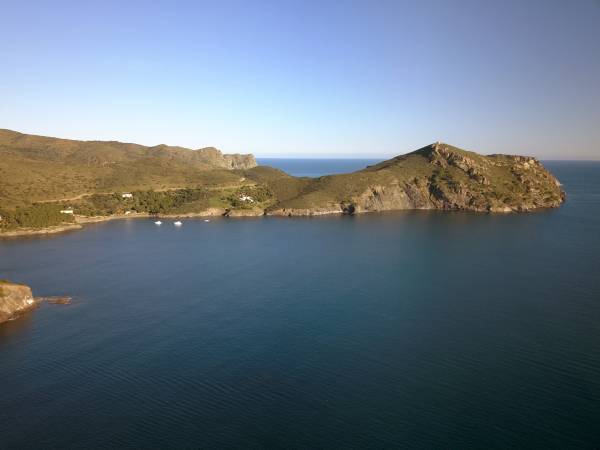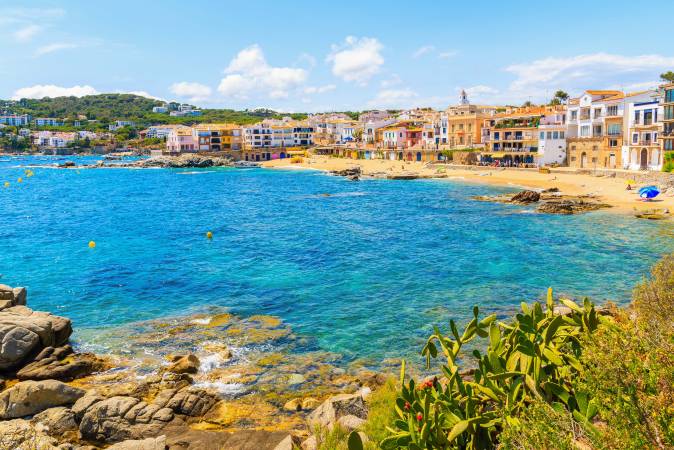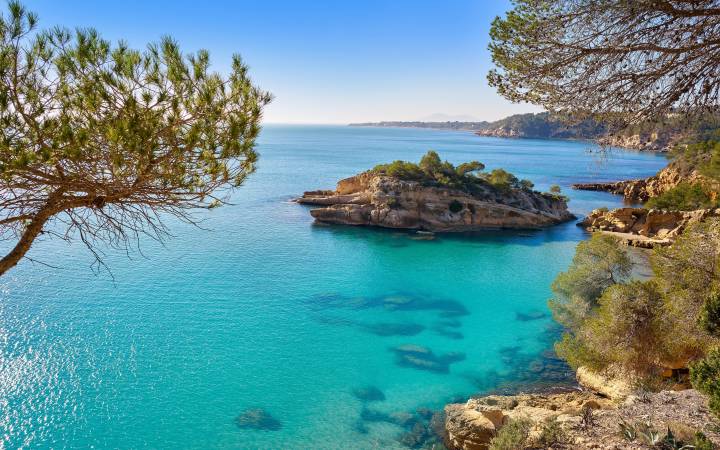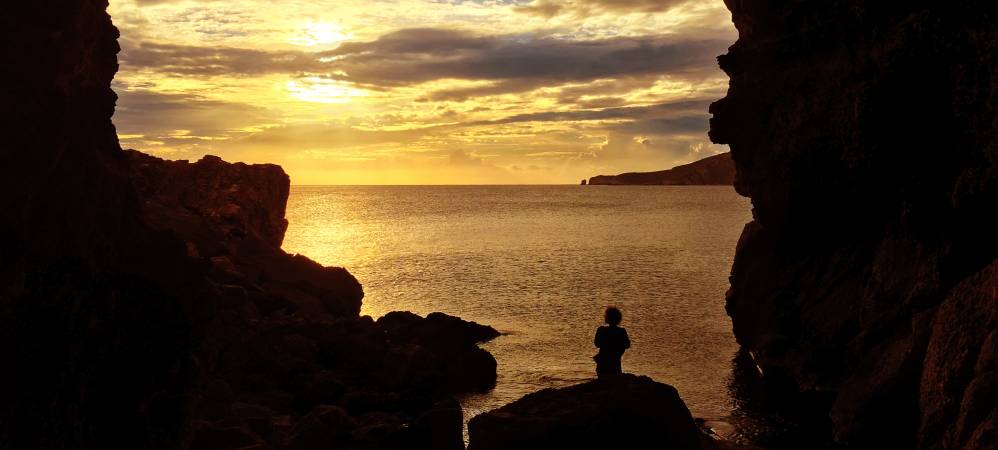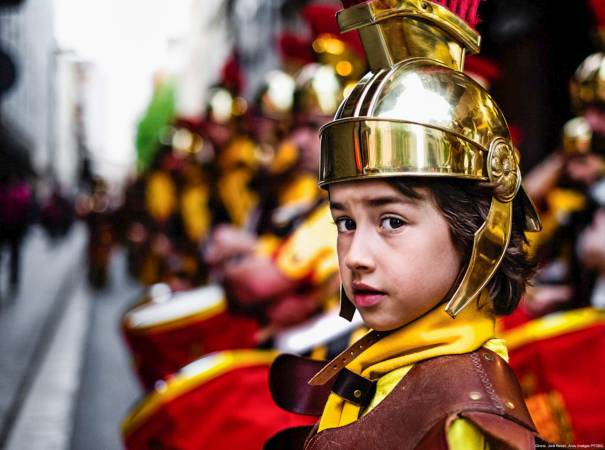The territory occupied by the current municipality has already been inhabited since ancient times and this is described by the megalithic dolmens , such as the Torre dels Moros , from the Neolithic period and the end of the Chalcolithic period, with a chronology that goes from 2500 to 1800 BC Also , remains of Iberian villages have been discovered there.
Along the route of the Llobregós river, the border between Christian and Saracen lands was established, which has endowed the territory with castles and defense towers, witnesses of its warlike past.
You can't miss Torà's
old town , full of alleys, porches and medieval arches. Its structure is semicircular, around what used to be the old castle. Of the original
wall , only some parts are preserved in
Plaça Vila Vella and on the north side.
The
parish church of Sant Gil preserves some walls from the Romanesque period despite having been restored in the advanced Gothic period, a fact that is reflected in its west facade from 1567, where you can also read the name of Mestre Francesc, author of the extension.
Torà
Town Hall is, on the other hand, the most representative building of
the town's civil architecture . It was originally built as a
hospital for the poor during the s.
XVI.What you can't miss in Torà is the
Font de la Vila, from 1608 . It is one of the most emblematic constructions and is located inside an enclosed square that also bears its name. It has a very curious morphology and presents different elements, among which there is the
porch that constitutes the small enclosure of the fountain. On the south wall, there is a
sink divided into three compartments that were used to clean vegetables and to the north,
troughs that communicate between six and two
bronze fountains decorated with animal heads . These sinks lead to a
rectangular laundry room for washing clothes. On the same porch of the fountain there is a
plaque that says: "On October 12, 1907 the water arrived here" and below it a
sculptural relief with the image of the bull (one of the symbols of the Torah).
Another inscription reads: "On June 13, 1866, the river reached here."In 1979, the
Bread Museum was created on the occasion of the restoration of an ancient medieval oven, already documented in 1412.
In the center of town, you can see the
Convent of Sant Antoni de Padua , a building built by order of the Franciscans between 1697 and 1747. Currently, the convent church has been rehabilitated as a house of culture.
On the outskirts of Torà, on the well-known
Camí dels Tísics , you will find the
aqueduct of the Friars , which in the past led the water from the
Fountain of the Shepherds to the convent.
We encourage you to discover the tower
of Vallferosa (10 Km. from Torà) and what remains of the old
monastery of Sant Celdoni and Sant Ermenter in Cellers, away from the center of Torà .
In
Claret , you can visit the
three medieval sarcophagi or ossuary on the wall of the old cemetery, all of them with different sculptural motifs.
